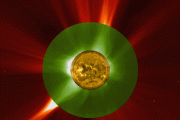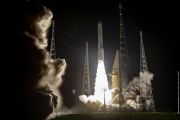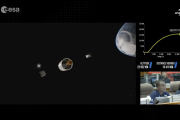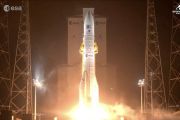
Copernical Team
US Space Force Awards Contracts to Blue Origin, SpaceX, and ULA for National Security Space Launch Phase 3
 The U.S. Space Force's Space Systems Command (SSC) has awarded National Security Space Launch (NSSL) Phase 3 Lane 1 contracts to Blue Origin, SpaceX, and ULA. The base Indefinite Delivery Indefinite Quantity (IDIQ) award includes Firm Fixed Price (FFP) Task Orders for each company to conduct an initial capabilities assessment and explain their approach to tailored mission assurance.
Missio
The U.S. Space Force's Space Systems Command (SSC) has awarded National Security Space Launch (NSSL) Phase 3 Lane 1 contracts to Blue Origin, SpaceX, and ULA. The base Indefinite Delivery Indefinite Quantity (IDIQ) award includes Firm Fixed Price (FFP) Task Orders for each company to conduct an initial capabilities assessment and explain their approach to tailored mission assurance.
Missio Frontier Technology Chosen for $1B Military Satellite Software Contract
 Frontier Technology Inc. (FTI) has been selected by the Space Rapid Capabilities Office (Space RCO) as one of twenty companies to compete for the Rapid Resilient Command and Control (R2C2) indefinite delivery/indefinite quantity (IDIQ) contract. This contract aims to develop a next-generation ground software system for military satellites.
The R2C2 IDIQ, a small business set-aside, aims to
Frontier Technology Inc. (FTI) has been selected by the Space Rapid Capabilities Office (Space RCO) as one of twenty companies to compete for the Rapid Resilient Command and Control (R2C2) indefinite delivery/indefinite quantity (IDIQ) contract. This contract aims to develop a next-generation ground software system for military satellites.
The R2C2 IDIQ, a small business set-aside, aims to Redwire to Lead DARPA SabreSat VLEO Mission
 Redwire Corporation (NYSE: RDW) announced it has secured a contract from the Defense Advanced Research Projects Agency (DARPA) to act as the prime mission integrator for an air-breathing satellite. This satellite will demonstrate the use of new electric propulsion systems in very low-Earth orbit (VLEO) using Redwire's SabreSat VLEO platform. The program takes advantage of Redwire's expertise in
Redwire Corporation (NYSE: RDW) announced it has secured a contract from the Defense Advanced Research Projects Agency (DARPA) to act as the prime mission integrator for an air-breathing satellite. This satellite will demonstrate the use of new electric propulsion systems in very low-Earth orbit (VLEO) using Redwire's SabreSat VLEO platform. The program takes advantage of Redwire's expertise in Slovenia to become ESA’s 23rd Member State

Slovenia signed the Accession Agreement to the ESA Convention on 18 June 2024. Upon ratification, Slovenia will become the 23rd ESA Member State.
Nations realize they need to take risks or lose the race to the moon
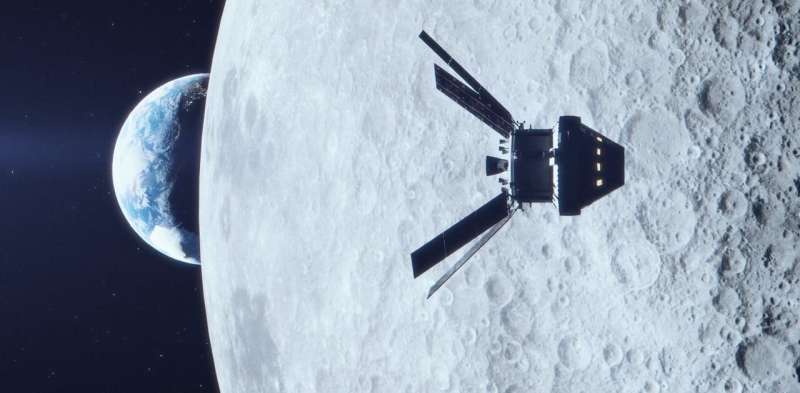
The NASA-led Artemis-3 mission will place the first human boots on the surface of the moon since Apollo 17's Gene Cernan and Harrison Schmitt left the lunar surface in December 1972.
The goal of the Artemis program is to establish a permanent human presence on Earth's natural satellite and an economy based around the moon. Artemis-3 is scheduled for no sooner than September 2026. However, further delays are likely and there are many technical challenges yet to overcome. Some might wonder whether it is going to happen at all.
I am convinced it will, because unlike the Apollo program, which would be unaffordable in today's climate, the current lunar endeavor will pay off in financial and exploration terms. Extracting water ice from craters at the lunar south pole could facilitate journeys from the moon to other destinations such as Mars, bringing down the cost of space exploration.
This is why the booming space industry seems fixed on the moon as a destination right now—countries simply cannot afford to miss this boat.
Laying the foundation for lunar base construction: Elucidating lunar soil-microwave interactions
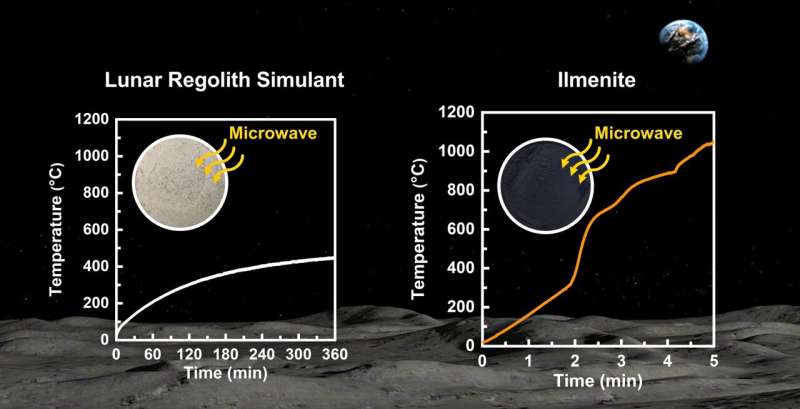
NASA aims to construct a lunar base through the Artemis program, a manned lunar exploration initiative. However, the practical reality of what the general public envisions for the space base differs somewhat from well-known science fiction movies. To build a base on the moon using abundant and diverse construction materials, significant transportation costs are involved. All these materials must be launched from Earth using rockets.
Because transporting construction materials from Earth to the moon is costly and time-consuming, local materials must be utilized in order to establish a lunar base.
One promising method for lunar base construction using local materials is microwave sintering, which solidifies lunar regolith (soil) below its melting point.
Boeing Starliner return to Earth set for June 26

NASA and Boeing are targeting a June 26 return to Earth of the Boeing Starliner from the International Space Station, officials said Tuesday.
Starliner's first crewed mission to the ISS, which had been scheduled to last about eight days, has been extended due to thruster malfunctions and helium leaks.
The spaceship blasted off from Florida atop a United Launch Alliance Altas V rocket on June 5 following years of delays and safety scares—as well as two aborted launch attempts that came as astronauts were strapped in and ready to go.
NASA and Boeing officials said at a press conference that they were looking at a return date of no earlier than June 26 for the two astronauts, Butch Wilmore and Suni Williams, both ex-US Navy test pilots.
Perseverance finds 'popcorn'-like rocks on planet Mars
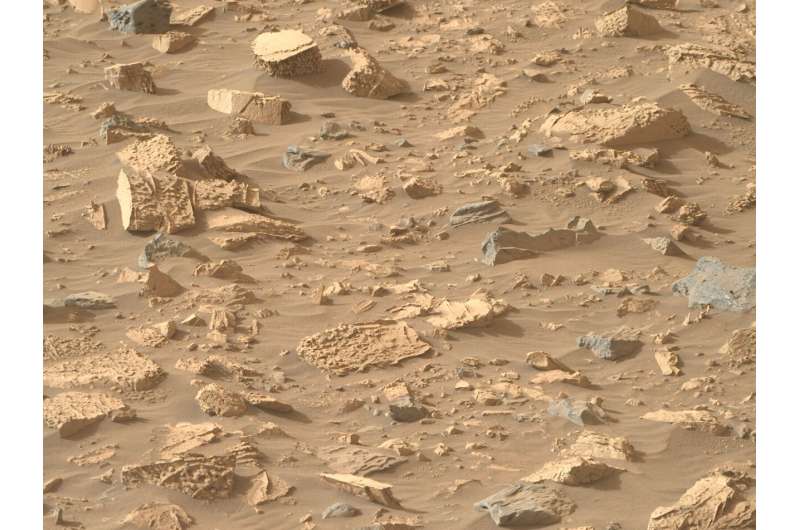
SpaceX switches up missions to set up Cape Canaveral launch tonight
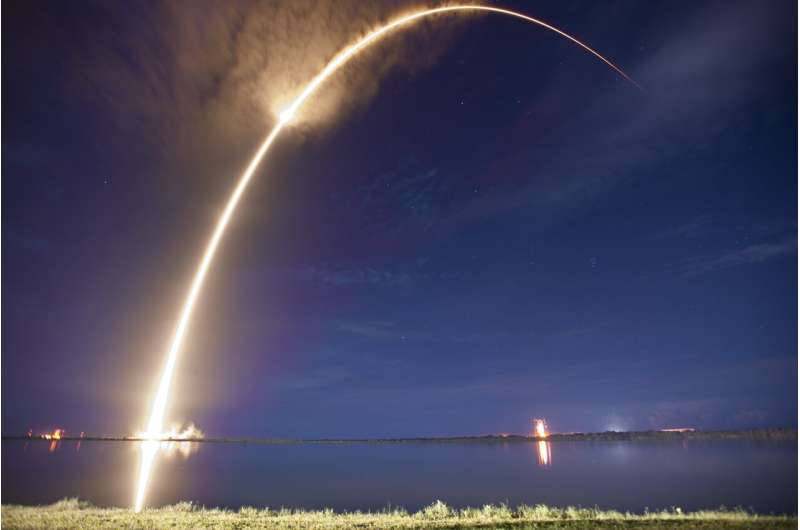
It's been 11 days since SpaceX last lit up the Space Coast sky with a rocket launch, the longest run between launches in more than a year.
It's not for a lack of trying, though, but bad weather and a scrub as the countdown clock hit 0 last week led to SpaceX taking down a Falcon 9 rocket for a Starlink mission and switching it up with a Falcon 9 to launch a European TV satellite on Tuesday night.
The SES 24 mission flying the ASTRA 1P communication satellite for Luxembourg-based communications company SES is set to launch from Cape Canaveral Space Force Station's Space Launch Complex 40 during a window that runs from 5:35-8:24 p.m. The satellite will service TV markets in Germany, Spain and France.
Space Launch Delta 45's weather squadron forecasts only a 55% chance for good conditions, with liftoff winds and the presence of cumulus clouds a concern. The same issues remain in the event of a 24-hour scrub, worsening to only a 45% chance of good conditions.
If it does launch, the first-stage booster will be making its ninth flight and will aim for a landing downrange on the droneship Just Read the Instructions.
Can't stop won't stop: Solar Orbiter shows the Sun raging on

The hyperactive sunspot region responsible for the beautiful auroras earlier in May was still alive and kicking when it rotated away from Earth’s view. Watching from the other side of the Sun, the ESA-led Solar Orbiter mission detected this same region producing the largest solar flare of this solar cycle. By observing the Sun from all sides, ESA missions reveal how active sunspot regions evolve and persist, which will help improve space weather forecasting.



























